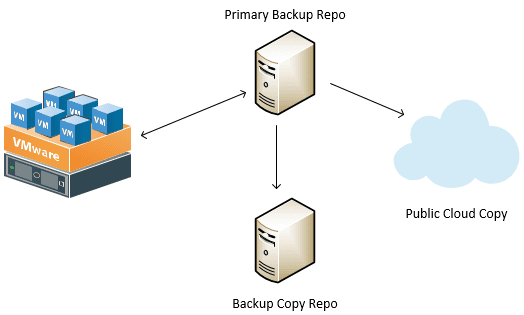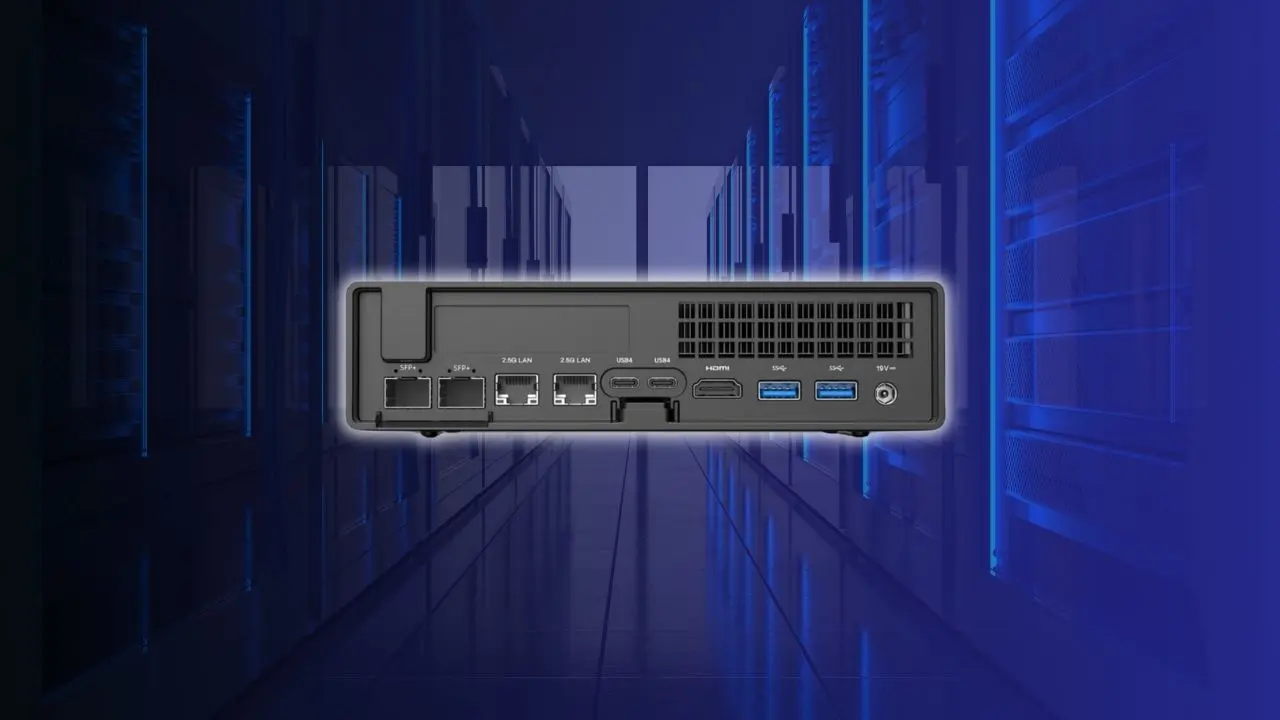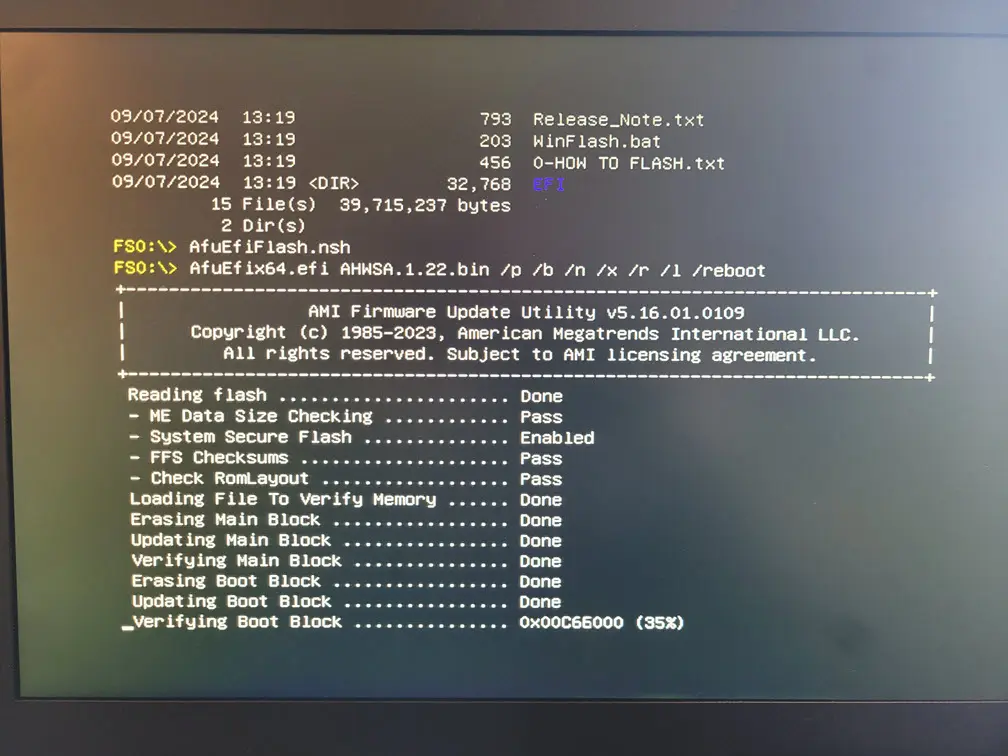Backup 3-2-1 Strategies for the Home Lab
Backup Copies
Backup copies are a function that many of the top virtualization backup platforms today such as Veeam, Nakivo, Vembu, have available to use for creating a copy of the backup data that is pulled from production. Additionally, with most of the back products out there that do backup copies, backup copies can be stored “locally” in other words can be copied to repositories literally on the same server, another server, or even in the cloud.
In a home lab situation, especially if you don’t have a lot of extra hardware lying around, you can leverage backup copies to have another copy of your backup data even in the same server on a different raid array (will call this a converged model). Better yet, if you have additional hardware, you can provision a backup repository on a secondary server that is the target of the backup copies, so you are spreading the risk of losing backups over two different servers (more traditional model).
Generally speaking, you don’t have to have exceptional hardware for this. Older decomissioned hardware or even a couple of low power whiteboxes will suite the needs just fine. And again, with a converged model we can use a single whitebox server with a couple of arrays for targets of both the primary back and backup copy.
Traditional Backup and Backup Copy Model
If you have a couple of servers at home to utilize for backup jobs as well as backup copy jobs, we can structure backups similar to the following. Our “Primary” backup repository is our first target for backups coming from our “production” lab environment. We then create a backup copy job targeting our “Secondary” backup copy repository. Finally, we push a copy to the public cloud using cheap Amazon Glacier or Microsoft Azure “blob” type storage.

Converged Backup and Backup Copy Model
What we are calling the “converged” model means using one server for both a primary and copy repository where we target one RAID array backed primary repository and then another RAID array backed copy repository. Finally, we have another “copy” type job that we target public cloud storage with.

Public Cloud Storage
There are a lot of public cloud options for home including Amazon’s Glacier storage, and Microsoft Azure blob storage. Amazon Glacier is secure, durable and low-cost object storage. This can be targetted for backup copies. There are some gotchas with full retrievals that you will find in the fine print, so be sure to understand the pricing structure. Additionally, Microsoft Azure has general “blob” storage that can be used as a backup copy target. The main requirement we are satisfying here is the “1” copy offsite. If a our home burns, we lose our home lab as well as the backups of our home lab. The offsite copy in the cloud comes to the rescue in that case.
You could even get creative and play around with targeting shared folders from various cloud online storage from Microsoft or Google, i.e. OneDrive, or Google Drive (going away next year) or other “shareable” cloud file storage as a location to place backups or backup copies, etc.
Software Licensing
Many of the well known backup software vendors such as Veeam and Nakivo to name a couple have “NFR” or not for resale licenses that can be obtained for virtualization professionals, enthusiasts, or vExperts, etc. In general, NFR licenses are free licenses that can be used in a lab environment but check the vendor’s specific NFR license scope as there may be minor differences in acceptable use. Below are the links for both Veeam and Nakivo to sign up to obtain licenses. The licenses are generally limited to a reasonable socket count that covers most home lab environments.
Veeam – https://www.veeam.com/blog/how-to-get-free-veeam-nfr-key.html
Nakivo – https://www.nakivo.com/resources/download/free-nfr-license/
Takeaways
Backup 3-2-1 Strategies for the home lab can include some pretty interesting strategies that home lab administrators can entertain to protect home lab data. Home labs are and aren’t expendable in many ways. Yes, we build them to tear down often, however, there seems to always exist a core set of VMs or other data that we treat like “production” and would not want to lose. This above information is simply a high level thought process of how in the home lab you can and should treat backups using the 3-2-1 rule. I know there are some very creative virtualization admins out there. Please comment below if you have a creative process that works well which other users can benefit from.
Google is updating how articles are shown. Don’t miss our leading home lab and tech content, written by humans, by setting Virtualization Howto as a preferred source.




